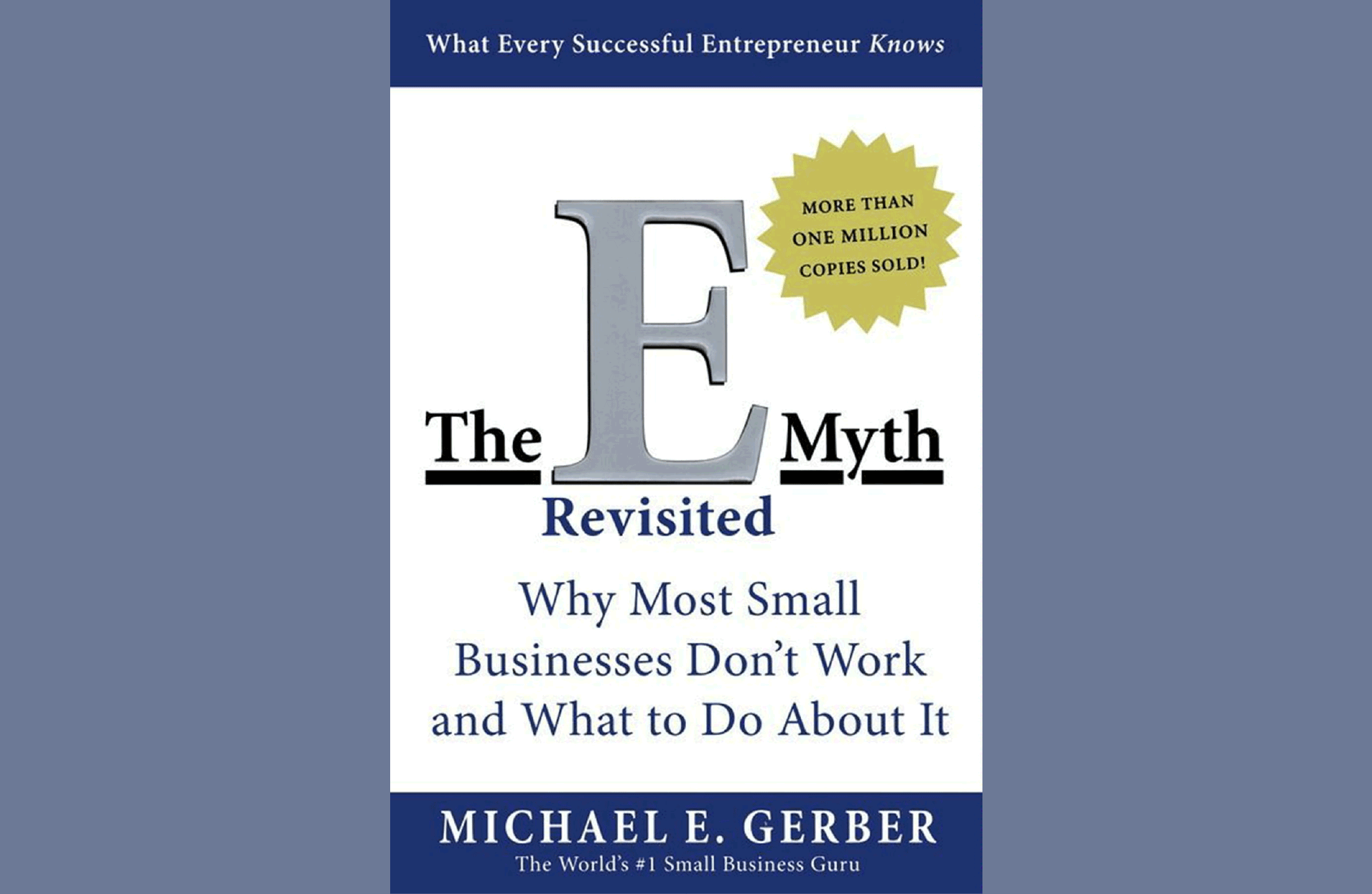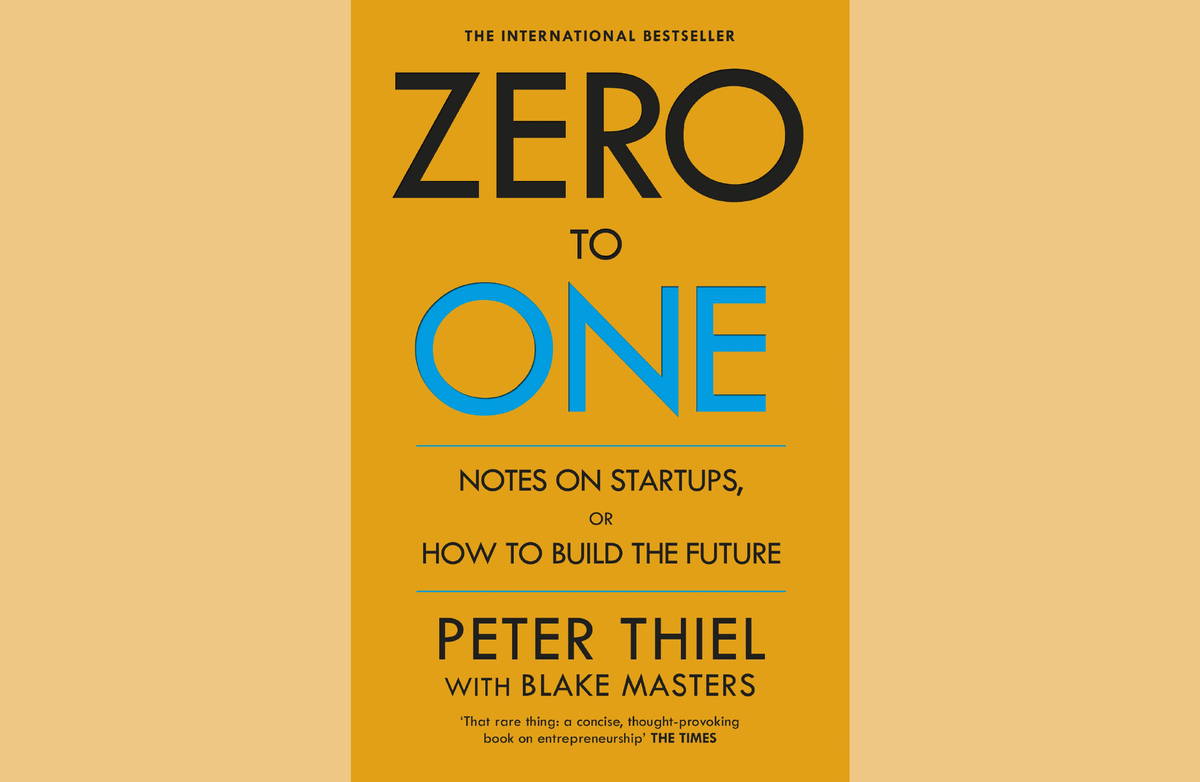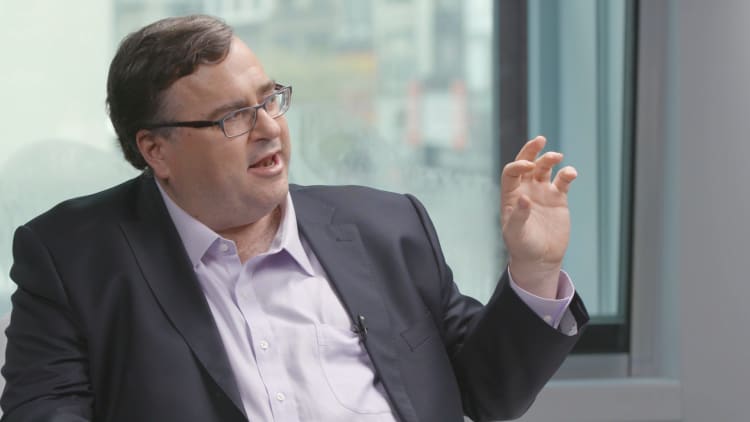Crossing the Threshold in Entrepreneurship: My Journey from Comfort Zone to Commitment
Discover the transformative journey of entrepreneurship through the lens of “Crossing the Threshold.” Learn how to fully commit to your business idea, overcome initial challenges, embrace uncertainty, create unique advantages, and build scalable systems.

Starting a new company is one of the most complex decisions ever, especially if you’re doing it correctly. It requires a commitment that often feels like you’re burning the boat, leaving no option but to move forward. This is my story of how I crossed the threshold, fully committing to my entrepreneurial journey, and the key things I discovered that made this commitment easier.
Leaving the Comfort Zone
Leaving the comfort of a stable job and predictable income is daunting. For me, the decision to leave my 9-to-5 wasn’t made lightly. It was driven by a deep-seated belief in my business idea and a burning desire to create something meaningful. This phase involved a significant psychological shift. I had to prepare myself to embrace uncertainty and accept the risks mentally. It wasn’t just about stepping out of my comfort zone but redefining what comfort meant. My comfort was no longer in stability but in the potential for innovation and impact.
The Point of No Return
The real turning point came when I reached the point of no return. This was the moment I decided to commit to my business idea fully. I invested my savings, secured funding, and dedicated all my time and resources to making it work. This wasn’t a half-hearted attempt; it was all or nothing. I realized that to succeed, I had to be all in. This commitment was symbolized by registering my business, signing a lease for office space, and making the first significant purchase of inventory. These actions were not just logistical steps but symbolic commitments to my journey.
Facing Initial Challenges
Early in my entrepreneurial journey, I faced numerous challenges that tested my resolve. Legal hurdles, market entry barriers, and stiff competition were just the beginning. These initial obstacles were my threshold guardians, testing my readiness and commitment. Each challenge was a learning opportunity, teaching me resilience and the importance of problem-solving. I learned that overcoming these hurdles was essential for my growth and business.
Embracing Uncertainty
One of the most significant lessons I learned was to embrace uncertainty. Entrepreneurship is inherently unpredictable. Market conditions change, customer preferences evolve, and unexpected challenges arise. Embracing this uncertainty meant being adaptable and maintaining a positive, proactive mindset. It required a willingness to pivot strategies, manage financial volatility, and remain focused on the long-term vision despite short-term setbacks.
Creating an Unfair Advantage and Uniqueness
Two essential things made my commitment easier: creating an unfair advantage and making my business unique. In a competitive market, it’s crucial to differentiate yourself. This meant leveraging unique strengths and resources that gave my company an edge. Whether through innovative product features, exclusive partnerships, or unique marketing strategies, creating an unfair advantage helped my business stand out and attract customers. Making the business unique also instilled confidence in my commitment, knowing I was building something special.
Peter Thiel emphasizes this in “Zero to One”: “The most contrarian thing of all is not to oppose the crowd but to think for yourself.” This quote underscores the importance of creating a unique value proposition and not just following market trends.
Creating Repeatable, Practicable, and Scalable Systems
The second key factor was developing repeatable, practicable, and scalable systems. Early on, I focused on establishing processes and systems that could be easily replicated and scaled as the business grew. This approach made operations more efficient and provided a clear roadmap for expansion. By having robust systems in place, I could focus on strategic growth rather than getting bogged down by day-to-day operations. This made the daunting task of scaling the business more manageable and less overwhelming.
Michael E. Gerber, in “The E-Myth Revisited,” highlights this point: “If your business depends on you, you don’t own a business—you have a job. And it’s the worst job in the world because you’re working for a lunatic!” This quote reinforces the importance of building a business that can operate independently of the founder through scalable systems.
Symbolic Actions or Events
Throughout this journey, symbolic actions and events marked my commitment. Launching my website, opening the first physical store, and making the first sale were significant milestones. These moments were more than achievements; they validated my commitment and progress. They were motivators, reminding me how far I had come and reinforcing my dedication to the journey ahead.
Book Recommendations
To further support these concepts, I highly recommend two books that have profoundly influenced my entrepreneurial approach:

“The E-Myth Revisited” by Michael E. Gerber:
This book explores the myth of the entrepreneurial small business owner and emphasizes the importance of working on your business, not just in it. Gerber argues that many small businesses fail because the owners are too focused on the technical work rather than building scalable systems. He introduces creating repeatable, practicable, and scalable systems to turn a small business into a successful enterprise. The book provides practical advice on developing and implementing these systems to ensure sustainable growth.
“The E-Myth Revisited” is invaluable for understanding how to build a business that can operate smoothly and grow efficiently. It aligns perfectly with creating repeatable, practicable, and scalable systems, which is crucial for any entrepreneur looking to commit fully to their venture.

“Zero to One” by Peter Thiel:
Peter Thiel, co-founder of PayPal, provides insights into how to build groundbreaking businesses that create new markets. The book emphasizes the importance of innovation and creating a unique value proposition that sets your company apart from competitors. Thiel discusses the concept of monopolies and how creating an unfair advantage can lead to significant success. He encourages entrepreneurs to think differently, challenge conventions, and focus on unique ideas that can drive substantial change.
“Zero to One” is essential for understanding how to create an unfair advantage and make your business unique. Thiel’s insights are instrumental for any entrepreneur looking to differentiate their business in a crowded market and achieve long-term success.
Conclusion: Facing Challenges Head-on
Crossing the threshold in entrepreneurship is a transformative experience. It’s about leaving the comfort zone, committing fully, facing challenges head-on, embracing uncertainty, and building a unique and scalable business. While the journey is undoubtedly challenging, it’s also gratifying. By creating an unfair advantage and establishing repeatable, practicable, and scalable systems, you can make the commitment a little bit easier and set your business on the path to success. So, if you’re standing at the threshold, remember to be all in, burn the boats, and embrace the adventure.

Case Study: Reid Hoffman - Launching LinkedIn
Reid Hoffman, the co-founder of LinkedIn, exemplifies the entrepreneurial step of “Crossing the Threshold.” His transition from concept to launch highlights the crucial phase where planning meets execution in the entrepreneurial journey.
Leaving the Comfort Zone
Reid Hoffman had an illustrious career before LinkedIn, working at Apple and Fujitsu and founding his first company, SocialNet. Despite the comfort and stability of his roles, he felt a compelling urge to innovate within the professional networking space. Leaving behind the predictability of his established career, Hoffman ventured into the uncertain world of startups once more.
The Point of No Return
Hoffman’s point of no return came when he worked full-time on LinkedIn. This decision required substantial personal and financial commitment. He invested in the idea, secured funding, and assembled a team, ensuring there was no turning back. His commitment was further solidified when he launched LinkedIn in May 2003, marking a pivotal moment in his entrepreneurial journey.
Reid Hoffman captures this pivotal moment well: “If you are not embarrassed by the first version of your product, you’ve launched too late.” This quote emphasizes the necessity of leaping even when things aren’t perfect, highlighting his commitment.
Facing Initial Challenges
The early days of LinkedIn were filled with challenges. Convincing users to join a professional networking site in an era dominated by social platforms like Friendster and MySpace was no easy task. Hoffman faced skepticism from potential users and investors alike. These challenges tested his resolve and required innovative thinking to overcome. For instance, LinkedIn initially struggled to grow its user base, but Hoffman and his team persevered by continuously refining the platform and its value proposition.
Embracing Uncertainty
Hoffman understood that entrepreneurship is fraught with uncertainties. The professional networking concept was relatively untested, and the market’s reception was unpredictable. By embracing this uncertainty, Hoffman remained flexible and open to change, allowing LinkedIn to evolve based on user feedback and emerging trends. This adaptability was crucial in navigating the competitive landscape and establishing LinkedIn as a dominant player in professional networking.
Hoffman’s insight on embracing uncertainty is particularly striking: “An entrepreneur jumps off a cliff and builds a plane on the way down.” This vivid metaphor encapsulates the essence of navigating the unknown in entrepreneurship.
Creating an Unfair Advantage and Uniqueness
Hoffman’s vision for LinkedIn was unique. He recognized the potential of a dedicated professional network that would allow users to connect, share opportunities, and grow their careers. LinkedIn created an unfair advantage over general social networking sites by focusing on this niche. Hoffman’s strategic partnerships, such as integrating with Microsoft Outlook, further solidified LinkedIn’s unique position in the market, providing users with unparalleled professional networking tools.
Creating Repeatable, Practicable, and Scalable Systems
From the outset, Hoffman focused on building a platform that could scale efficiently. LinkedIn’s architecture was designed to handle rapid growth and add new features. LinkedIn could scale its operations seamlessly by creating repeatable user acquisition, engagement, and data management processes. This approach ensured the platform remained robust and user-friendly as the user base grew.
Peer-Reviewed Research
Here are some peer-reviewed research articles that support the idea of creating an unfair advantage and making your business unique:
"Dynamic capabilities and strategic management" - Strategic Management Journal. This study explores how firms can develop unique capabilities that are difficult for competitors to replicate, creating a sustainable competitive advantage.
"The resource-based view of the firm: Ten years after" - Strategic Management Journal. This research examines how firms can leverage their unique resources and capabilities to create a competitive advantage, aligning with an unfair advantage.
Here are some peer-reviewed research articles that support the idea of creating repeatable, practicable, and scalable systems in a business:
"A Systems Analysis Experiential Case Study: Repeatable Real World Problem Solving" - Decision Sciences Journal of Innovative Education
This study presents an experiential case study approach for teaching systems analysis. It emphasizes repeatable problem-solving in real-world business settings and supports creating repeatable systems that can be applied across different business scenarios.
"Concept Libraries for Repeatable and Reusable Research" - NCBI
This study explores the creation of concept libraries for repeatable and reusable research. The principles discussed, such as transparency in methods documentation and collaboration opportunities, can be adapted to create repeatable and scalable business systems.


